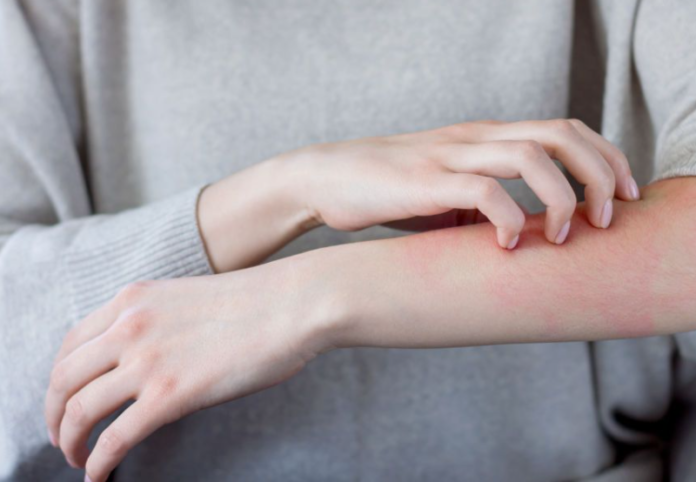Cold allergy, known as "cold urticaria", is a rare but real phenomenon that occurs as a result of contact with the cold. This is a problem for many people, especially in the cold months of the year when the temperatures fall.
Symptoms of cold allergy may include:
- Redness of the skin. The skin becomes red under the influence of cold.
- Blisters and wounds. They occur on the skin and can itch.
- Limb edema. Hands and legs can become too inflated.
Allergologist Natalia Moskvin recommends that if such symptoms occur, consult a doctor immediately. It is especially important to look for medical care if the symptoms last long or repeat each year.
It is also important to distinguish between cold allergies from irital dermatitis, which can also occur as a result of cold but has other characteristics.
The treatment of cold allergy is aimed at maintaining a condition in remission, as this type of allergy is incurable. Patients are recommended antihistamines and protective creams for the skin. It is important to follow the doctor's recommendations and avoid long stay in the cold.
Note that sometimes irital dermatitis can be confused with cold allergies, so the right diagnosis and consultation of a doctor is the key to choosing effective treatment.


